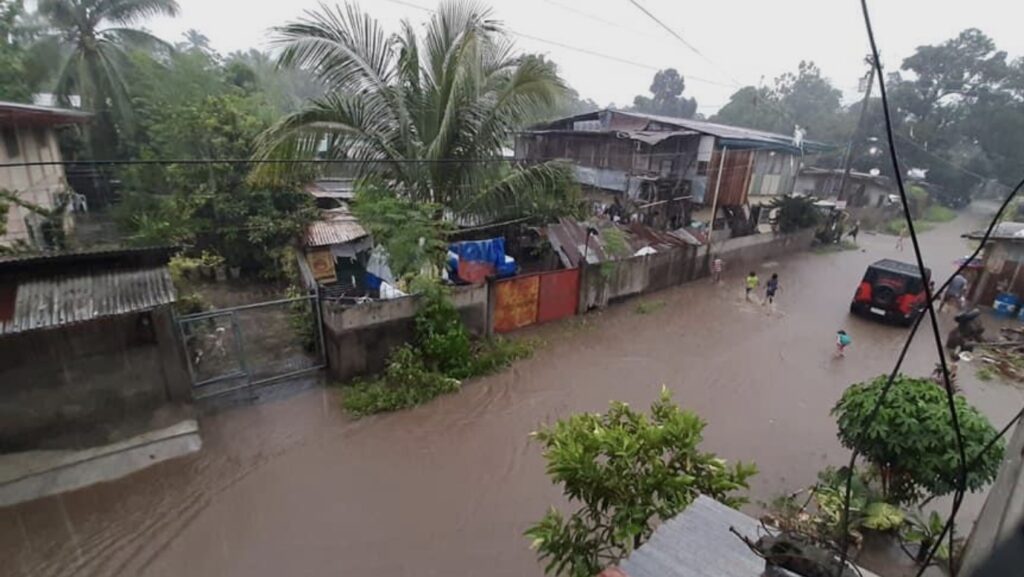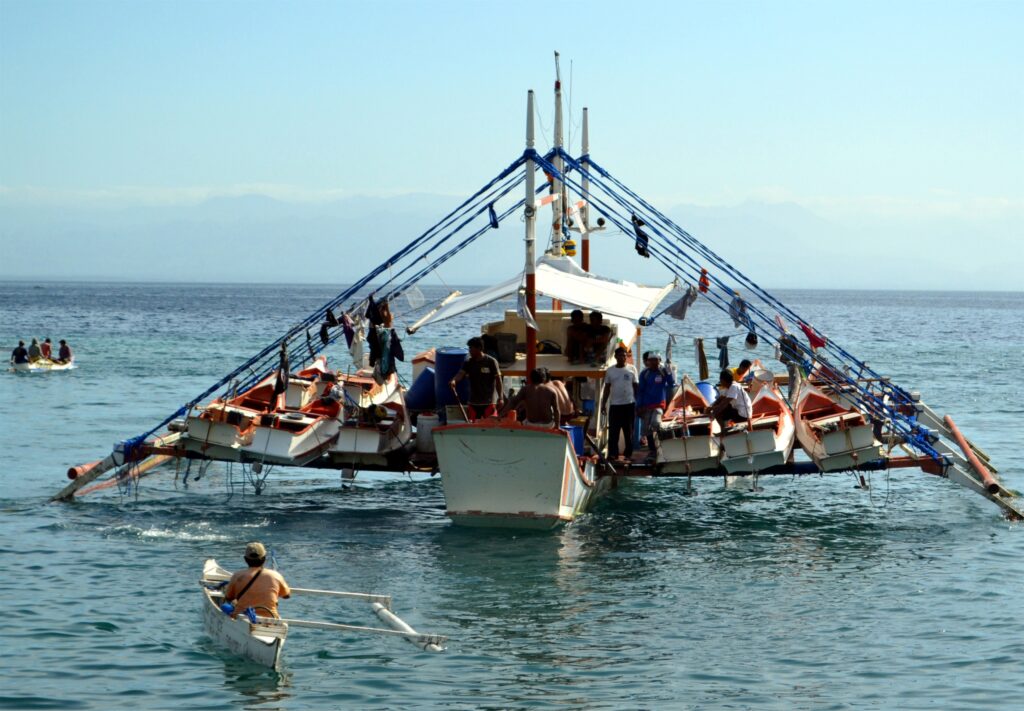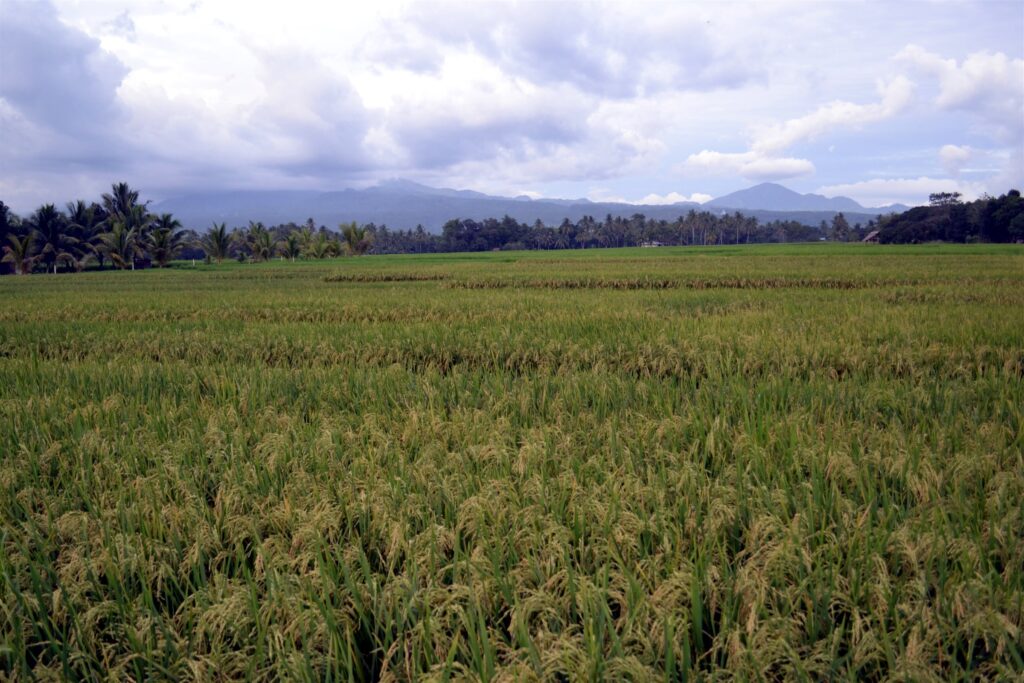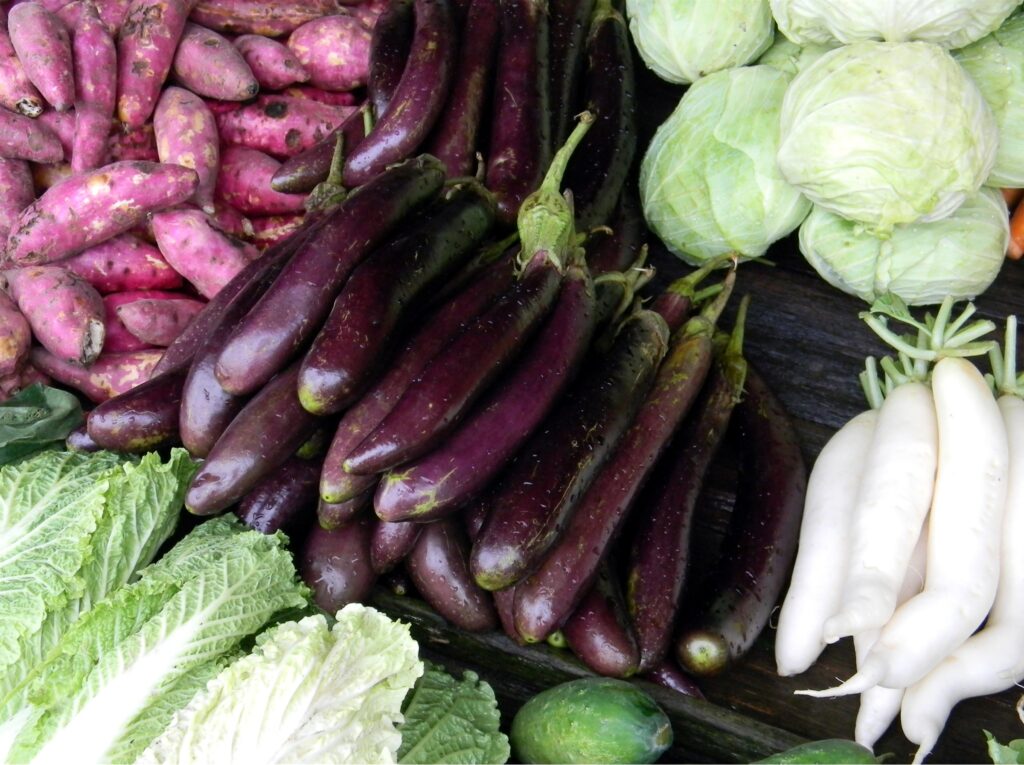Text and Photos by Henrylito D. Tacio
June 1998 was a historic month. Penny Marshall’s Big premiered in the United States on June 1 (the film earned Tom Hanks an Oscar nomination). Five days later, George H. W. Bush made a campaign promise to support reparations for World War II to Japanese-American internees (the promise was broken in May 1989). Many were killed at a demonstration against General Ne Win in Rangoon, Myanmar, on June 21.
June 23, 1988, marked the date on which climate change became an international issue. In landmark testimony before the US Senate Energy and Natural Resources Committee, Dr. James W. Hansen told the audience that “with 99% confidence,” the recent sharp rise in temperatures was a result of human activity.
“Global warming has reached a level such that we can ascribe with a high degree of confidence a cause-and-effect relationship between the greenhouse effect and observed warming… In my opinion, the greenhouse effect has been detected, and it is changing our climate now,” said Hansen, then the director of National Aeronautics and Space Administration’s Institute for Space Studies.
Greenhouse effect
Robert James Bidinotto, in a Reader’s Digest article, explains the greenhouse effect in this manner: “When sunlight warms the earth, certain gases in the lower atmosphere, acting like the glass in a greenhouse, trap some of the heat as it radiates back into space. These greenhouse gases, primarily water vapor and including carbon dioxide, methane, and man-made chlorofluorocarbons, warm our planet, making life possible.
“If they were more abundant, greenhouse gases might trap too much heat,” he continues, citing the case of Venus, which has 60,000 times more carbon dioxide in its atmosphere than Earth; thus, its temperature averages above 800 degrees Fahrenheit. “But if greenhouse gases were less plentiful or entirely absent, temperatures on Earth would average below freezing.”
Because concentrations of greenhouse gases have been steadily rising in recent years, many scientists are concerned about climate change. In fact, the 2020 report from the World Meteorological Organization noted that concentrations of the major greenhouse gases continued to increase in 2019 and 2020, with the global average for carbon dioxide concentrations having already exceeded 410 parts per million.

Too much water 
Less bounty from the sea
Almost two-thirds of over 1.2 million people surveyed around the world by the United Nations Development Program say that climate change is a global emergency, urging greater action to address the crisis.
Greatest challenge
The Philippines, an archipelago of more than 7,000 islands, is one of the most affected countries when it comes to climate change. Situated in the Ring of Fire, the country is already suffering from natural calamities like earthquakes, typhoons, floods, landslides, droughts, and volcano eruptions. Climate change will further aggravate these disasters.
“We are facing the greatest environmental challenge of our generation,” states the Climate Change Commission (CCC), a government body affiliated with the Office of the President.
One of those that will be greatly affected by climate change is food production. Agriculture, one of the country’s main economic sectors, contributes 14% of the gross domestic product and employs over a third of the population.
“Agriculture in the country could be severely affected by temperature changes coupled with changes in rain regimes and patterns,” says the state-run Philippine Atmospheric, Geophysical and Astronomical Services Administration (PAGASA). “Crops have been shown to suffer decreases in yields whenever temperatures have exceeded threshold values and possibly result in spikelet sterility as in the case of rice.”
Crop production
Rice, grown under both irrigated and rainfed regimes, is the single most important agricultural crop as it serves as the basic food staple for over 80% of the population. On average, Filipino consume 114-120 kilograms of rice per capita per year, according to the Department of Agriculture.
“In areas where rain patterns change or when extreme events such as floods or droughts happen more often, grain and other agricultural produce could suffer shortfalls in the absence of effective and timely interventions,” the country’s weather bureau said.
“Tropical cyclones, particularly if there will be an increase in numbers and/or strengthen, will continue to exert pressure on agricultural production,” PAGASA added. The country lies in the world’s most typhoon-prone region, averaging 19-20 typhoons each year, of which 7-9 make landfall.
Take the case of Laguna, which was hit by tropical storm Ondoy in 2009. It left P200-million worth of damage in agriculture as rice fields, and vegetable crops were submerged in floodwaters.
Three more typhoons hit the same province in 2009, affecting an entire rice cropping season. “Some farmers tried to save their rice crop by harvesting them before the typhoon came, but even their harvest was washed out by floodwaters,” wrote Maria Emilinda T. Mendoza, author of “Faces of Vulnerability: Gender, Climate Change, and Disaster.”
“Livestock were also affected,” Mendoza further wrote. “There were incidents of pigs and ducks being washed out, while those that survived suffered from diseases. Consequently, some duck raisers in the municipality of Victoria closed their businesses.”
Fish production
Fish, like rice, is a staple food of Filipinos. Like rice, fish production will also be affected by climate change. A study released by the Worldwide Fund for Nature in 2015 considered climate change as “one of the main reasons for the decline of marine species in the last 30 years.”
“Climate change is already having a profound effect on life in the oceans,” the US National Oceanic and Atmospheric Administration (NOAA) says. “Marine species tend to be highly mobile, and many are moving quickly toward the poles to stay cool as average ocean temperature rises.”
PAGASA confirms. “Migration of fish to cooler and deeper waters would force the fisher folks to travel further from the coasts in order to increase their catch,” it says. “Seaweed production, already being practiced as an adaptation to climate change in a number of poor and depressed coastal communities, could also be impacted adversely.”
Speaking of coastal communities, they will be greatly affected by climate change as a result of sea-level rise. “Sea level has risen by nearly double the global average rate over certain parts of the country from 1993 to 2015,” the CCC reports. “Projections show that sea level is expected to increase by approximately 20 centimeters by the end of the 21st century.”

Dwindling rice production 
Vanishing crops
Doing something now
Agriculture scientist Julian Gonsalves of the Cavite-based International Institute Rural Reconstruction urged to do something now before it is too late. “Agriculture sector is expected to suffer the most serious impact of climate change, affecting food security, nutrition and livelihoods, if we don’t act soon,” he pointed out.
Agriculture and climate change go hand in hand. “The role of agriculture in climate change is better appreciated in relation to the value agriculture contributes to the global economy,” said a briefing paper published by the Southeast Asian Regional Center for Agriculture (SEARCA).
The 2010 World Development Report, drawing on analysis from the Intergovernmental Panel on Climate Change, calculates that agriculture directly accounts for 14% of global greenhouse gas emissions in carbon dioxide equivalent and indirectly accounts for another 17% of emissions from land use and conversion for crops and pasture.
“As agriculture is highly sensitive to climate change, maintaining the right balance is critical to a stable and productive agricultural activity, which is the foundation for food security and by extension the alleviation of poverty,” the briefing paper stated.
Climate-smart technologies
In time, climate-smart agriculture came into existence as a response to the problems brought about by climate change.
“Climate-smart agriculture addresses the wider issues faced by agriculture in the face of global environmental change – the need to increase global food production by 60% by 2050 and to meet greenhouse gas emission reductions,” the briefing paper said.
Climate-smart agriculture is anchored on three pillars in the context of local stakeholders and focusing on sustainably increasing farm productivity and income, strengthening resilience to climate change and variability and mitigating the contribution of agricultural practices to climate change.
Another SEARCA briefing paper compares climate-smart agriculture to sustainable agriculture and conservation agriculture practices “but puts additional stress on low-carbon agriculture and the use of plants that can reduce vulnerability to climate change.”
According to SEARCA, the unique role of agriculture in development – the primary food source, significant potential for greenhouse gas mitigation, and its sensitivity to climate change – entails that innovations in technology and practice be enabled and diffused locally and appropriately to respond to climate change.
“Innovative technologies and practices may come from reinventing indigenous knowledge to suit the times or using new widespread and accepted media,” it pointed out. “The possibilities of potentially relevant agricultural technologies are extensive and there is a vast pool of yet undiscovered technologies and practices that may be crucially important for agriculture in a globally changing environment.”

